Transport
The Sociedad Hullera Española railway was the first long mining line in the Caudal basin. Its original route linked the Ujo station with the Estrada coal washing plant following the course of the Aller river, just over four kilometres. This route would be modified and extended over time as other mines were brought into service.
For its launching, a series of models was purchased from the Parisian company L. Corpet, which delivered five machines between 1884 and 1891. They followed a very unusual design, which was a speciality of the manufacturer. They had three axles and an external frame, but the most striking feature was their Brown indirect valvetrain mechanism, with its cylinders located above the wheels. According to the manufacturer, this arrangement allowed them to be driven in flooded areas and on poor tracks.
In any case, this model proved to be quite good, as all of the machines were in service for many years. In addition, a sixth machine was even built in the Sovilla workshops using spare parts.
They provided all kinds of services. Initially, towing coal trains to Ujo or Sovilla, a task from which they were gradually set aside to install more modern locomotives. However, they were still useful for workers' vehicles, rubble convoys and all kinds of supplies for the mining groups.
The last one of the series, number 5, remained in operation until the end of the 1960s, when it was withdrawn with the introduction of diesel traction. It remained for some time in Sovilla and was later loaned by HUNOSA to the Mieres school of Mining Engineering (Escuela de Ingenieros Técnicos de Minas de Mieres), where it was stored for several years.
Finally, it was ceded to the Asturias Railway Museum, which proceeded to its complete restoration and start-up. It is regularly started up and runs along the tracks of the museum facilities, transporting passengers around the complex as one of the most extraordinary pieces of the Asturian railway heritage.
Two of its sisters have been preserved outside Spain: one in Portugal and another one, also in working condition, in Great Britain.

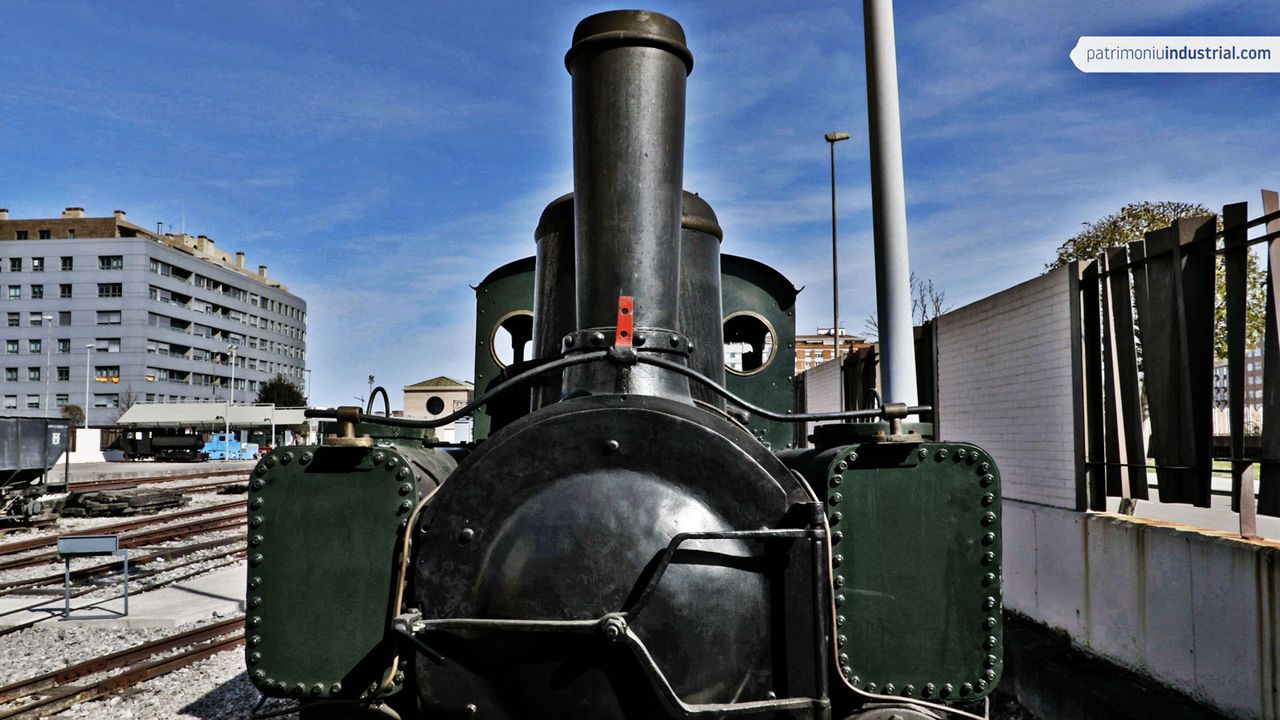
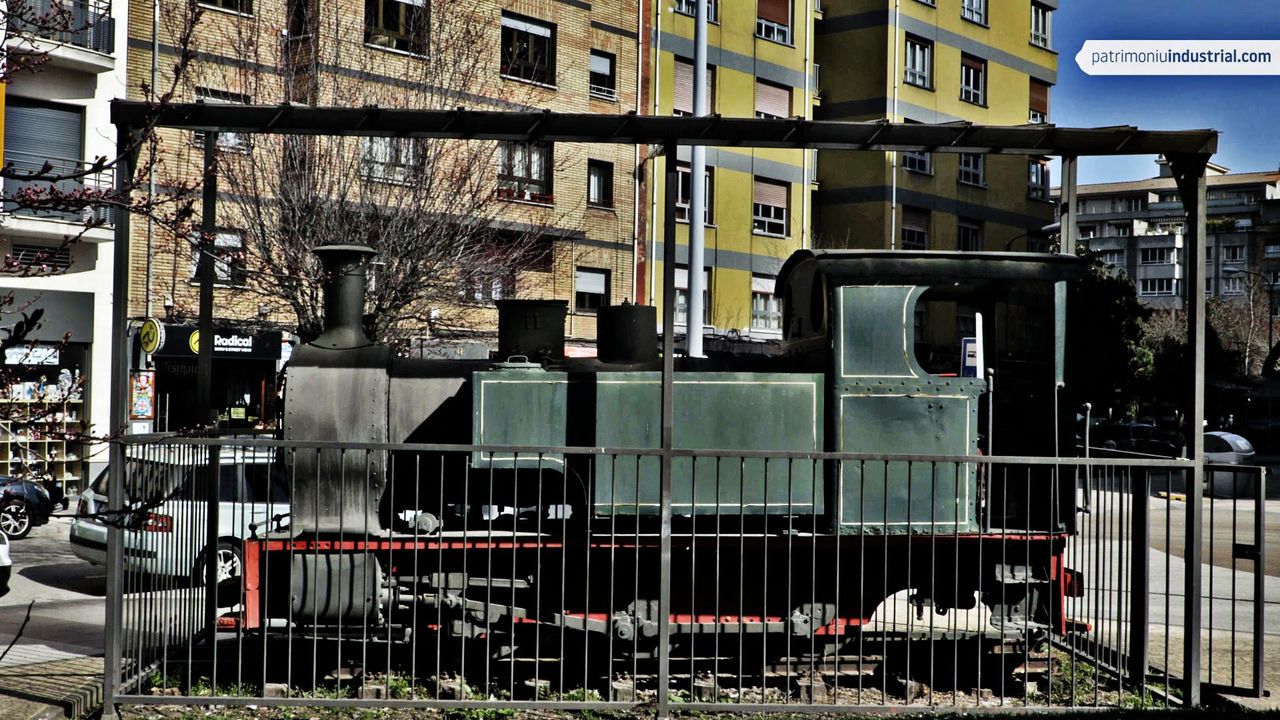
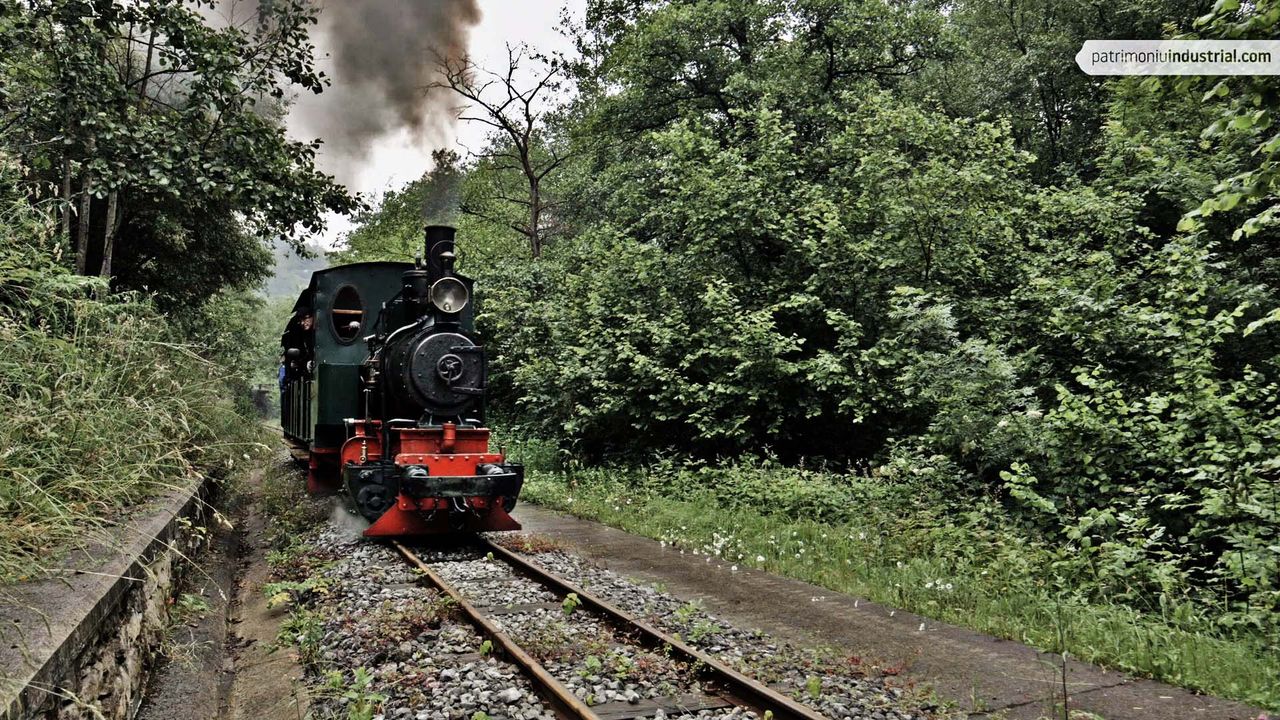

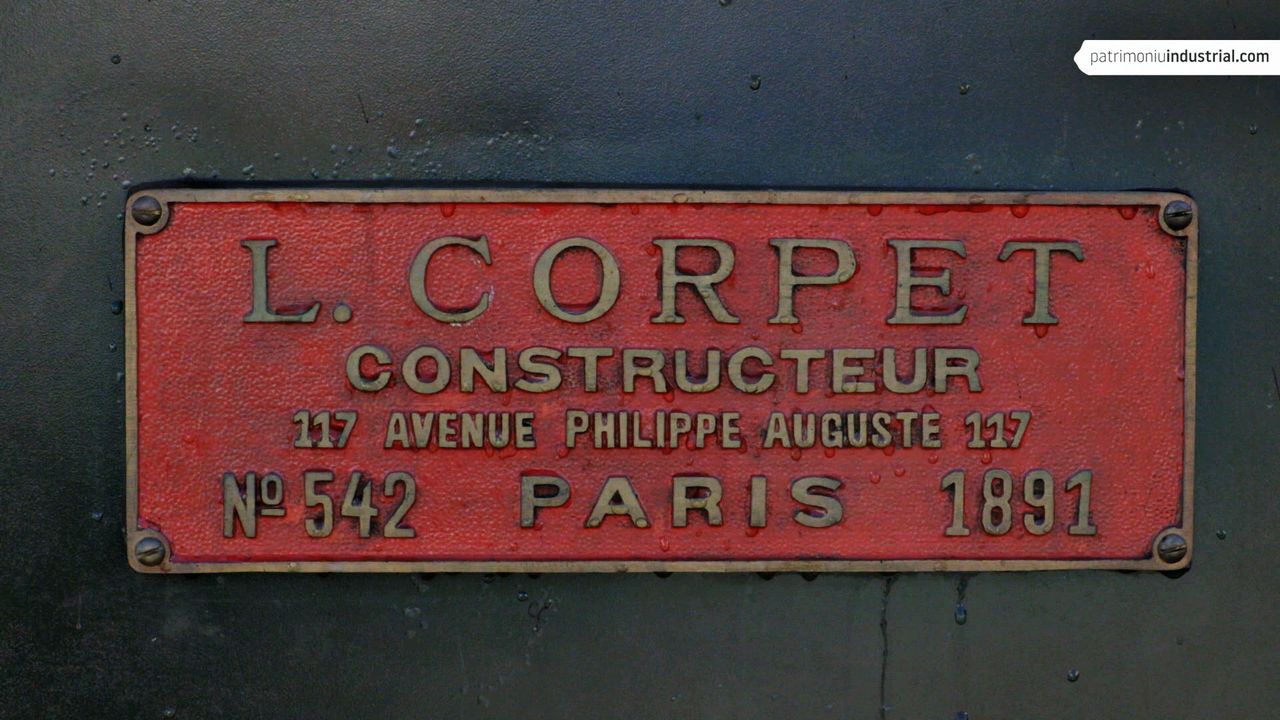
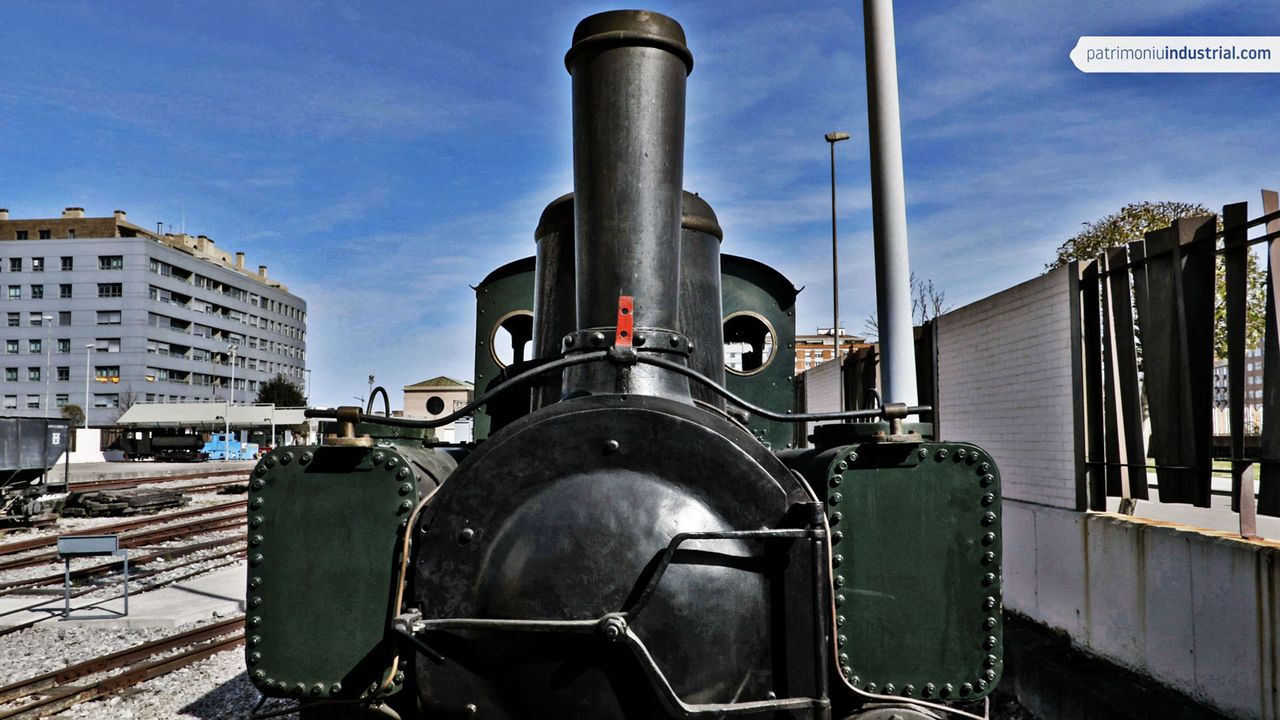
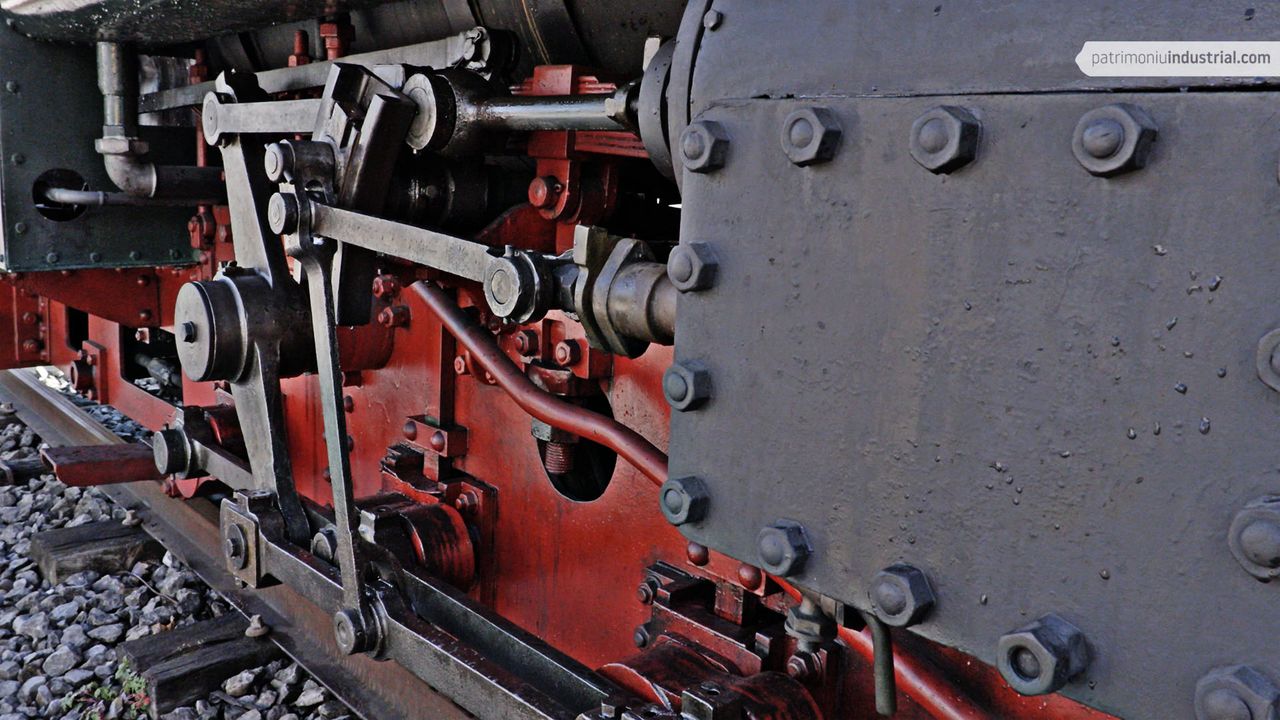
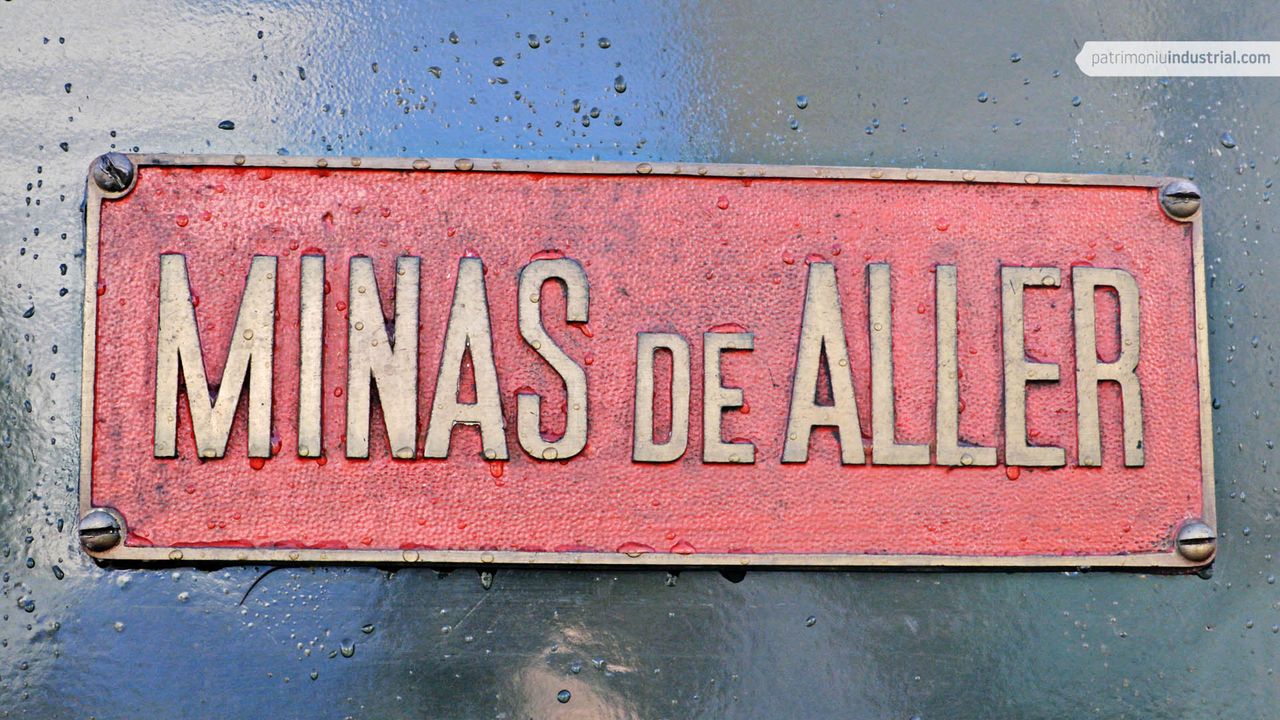
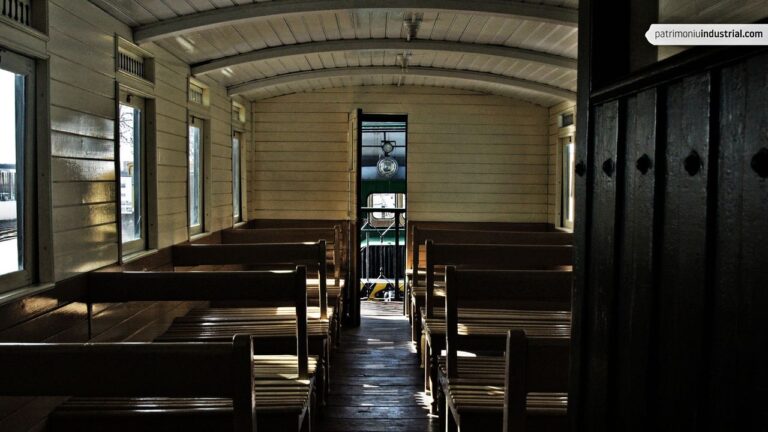
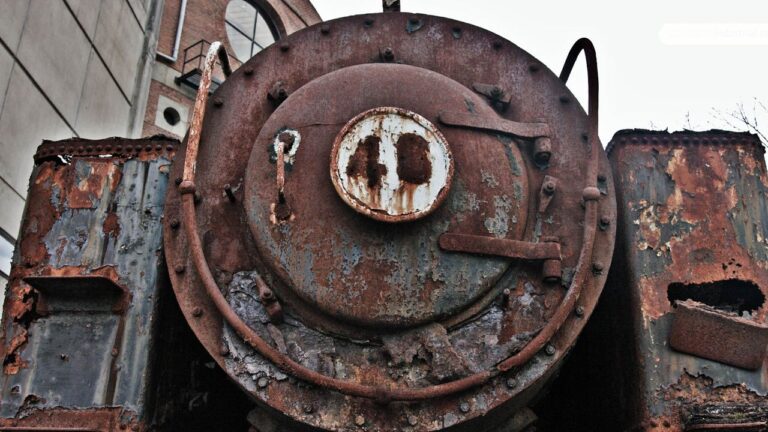
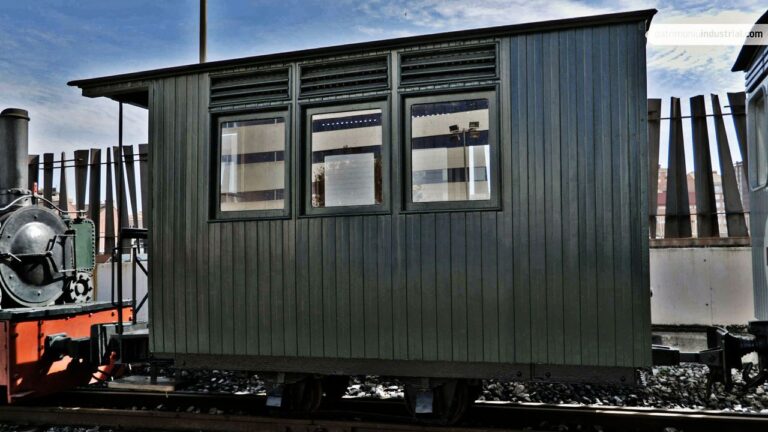

Recent Comments